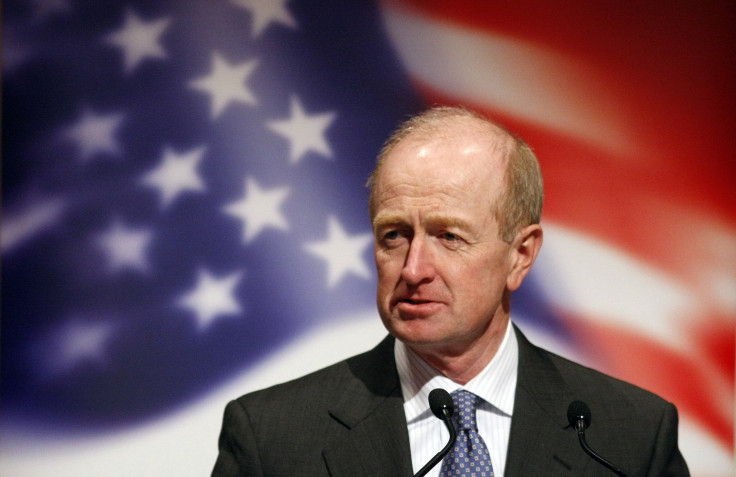Australian, Indian Central Banks Hold Interest Rates Steady

The Australian and Indian central banks on Tuesday kept their benchmark interest rates unchanged ahead of an impending rate hike by the U.S. Federal Reserve later this month.
The Reserve Bank of Australia (RBA) kept interest rates at its all-time low of 2 percent as an improvement in non-mining sectors and a robust labor market helped offset a decline in its vast mining sector. The move was widely anticipated by economists, according to a Bloomberg poll that interviewed 29 economists on the subject.
“The board again judged that the prospects for an improvement in economic conditions had firmed a little over recent months and that leaving the cash rate unchanged was appropriate,” RBA governor Glenn Stevens said. “Low interest rates are acting to support borrowing and spending.”
Earlier in November, the RBA governor had reportedly told traders to "chill out" until February, when policy makers will look at the data again. Australia cut its interest rates twice this year in a bid to shift the economy’s dependence on mining and commodities.
Interest rates are kept low by central banks when a nation’s economy is in a lull to encourage consumer borrowing and spending through lower interest rates charged on personal, auto or mortgage loans. In Australia, last week's weak third-quarter capital expenditure data suggested that economic activity has been sluggish, even as the jobs market continues to improve, according to reports.
The bank also indicated that inflation was expected to remain low and stable in 2016. “The outlook for inflation may afford scope for further easing of policy,” the bank said in a statement.
Australia will report GDP growth data for the third quarter Wednesday. Economists are now reportedly expecting a robust result underpinned by a strong export performance. Still, the economy faces stiff headwinds in the form of falling business investment and falling prices of iron ore -- Australia’s biggest export.
"We remain optimistic about local growth, but pessimistic about the global inflation outlook," Paul Bloxham, chief Australia economist at HSBC Holdings Plc., told the Financial Review.
In a separate announcement Tuesday, India’s central bank also kept its monetary policy steady amid uncertainty over inflation. The Reserve Bank of India (RBI) had cut its interest rates by a sharp 50-basis points at its last meet. The RBI held off on a rate cut after GDP data announced Monday showed a 7.4 percent growth during the second quarter helped by a surging manufacturing sector.
The Indian central bank is expected to maintain an "accommodative" policy stance, according to various estimates, and a Bank of America Merrill Lynch research report also predicted a 25-basis point cut in February.
© Copyright IBTimes 2024. All rights reserved.




















